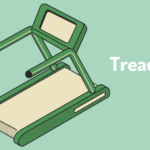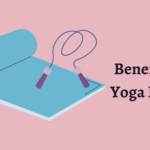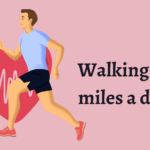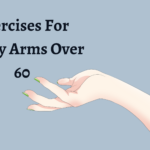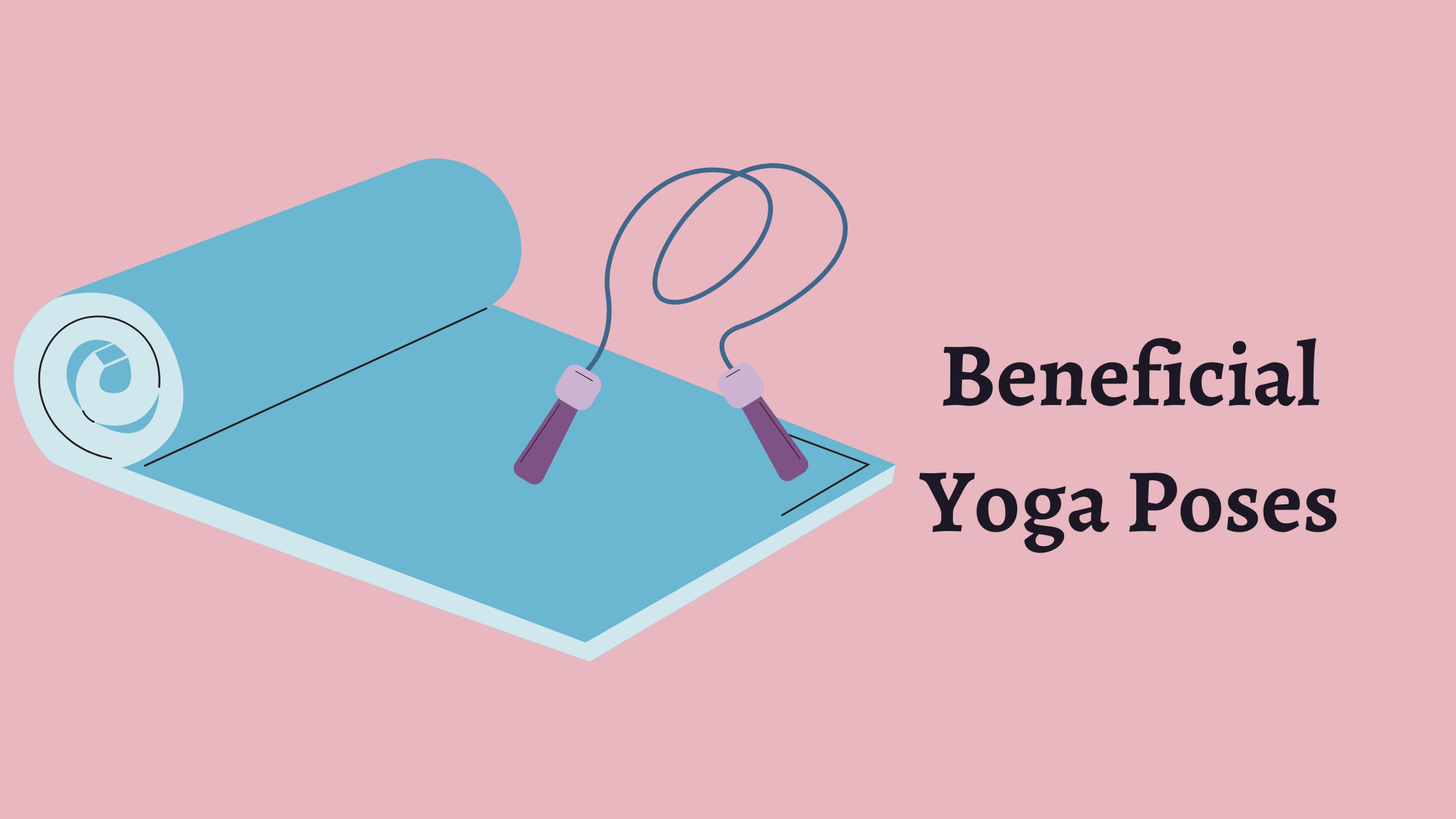
Yoga is an ancient practice that has been around for thousands of years. It has numerous benefits for the mind, body, and spirit. One of the main benefits of yoga is that it can help you stretch and strengthen your muscles. In this article, we will focus on yoga poses that can benefit your lats and traps. These muscles play a vital role in your upper body strength, posture, and overall well-being.
The Significance of Latissimus Dorsi Muscles: Understanding Their Role and Importance in the Body
The lats, short for the latissimus dorsi, are the largest muscles in your upper body. They are located on either side of your back, starting from the spine and extending out to the sides of your torso. The lats play a significant role in the movement of your arms and shoulders. They help you pull, lift, and reach, making them essential for activities like swimming, rock climbing, and weightlifting. Additionally, strong lats can help improve your posture and reduce the risk of back pain.
What Are the Traps on The Body and Why Are They Important?
The traps, short for the trapezius, are another significant muscle group in your upper body. They are located on the back of your neck and shoulders, and they extend down to your mid-back. The traps help you shrug your shoulders, pull your shoulder blades together, and tilt your head. Strong traps can help improve your posture, reduce neck pain, and increase shoulder mobility.
Enhance Your Lats and Traps with These 10
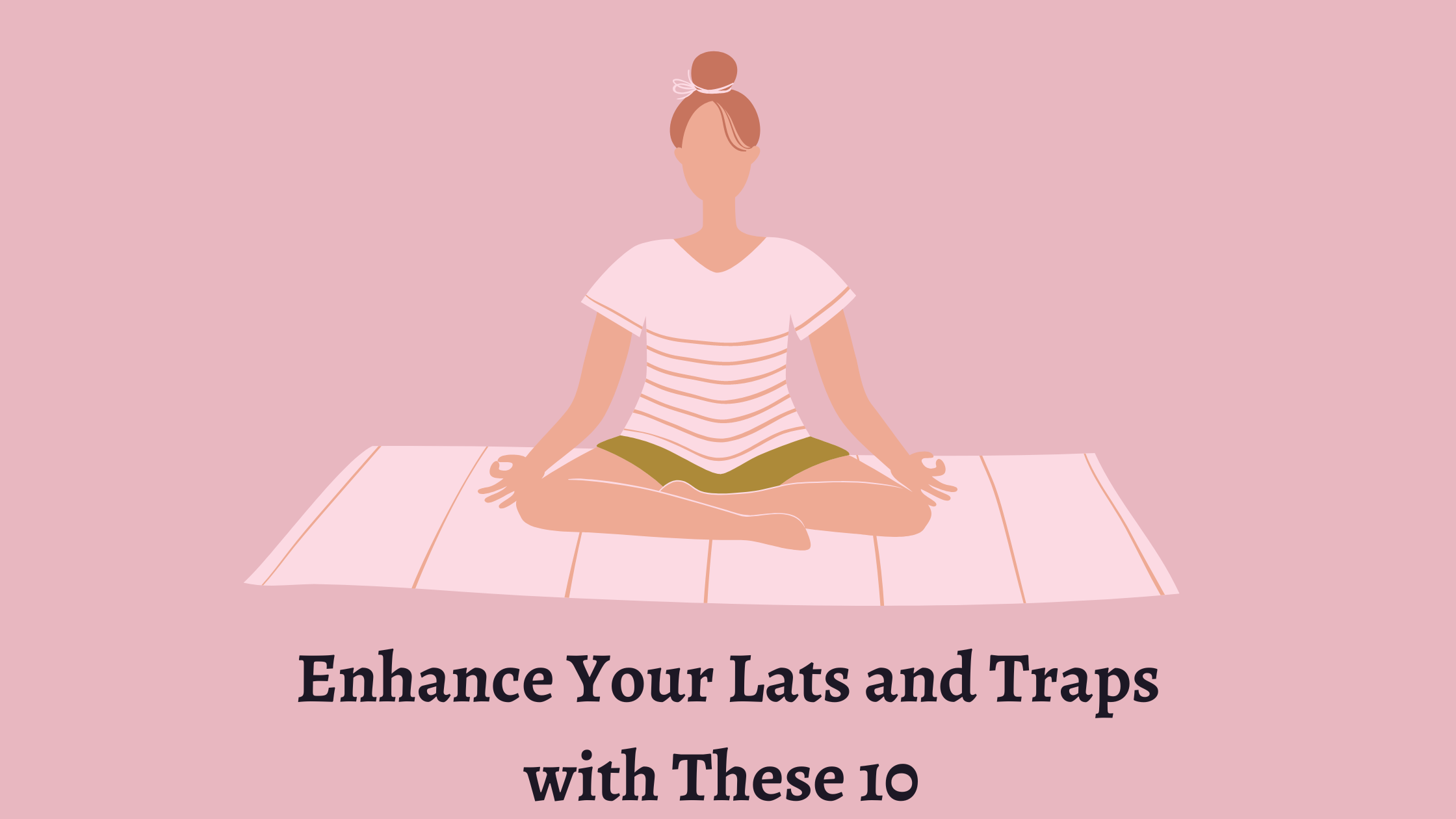
Below you find best 10 Yoga Poses That Will Benefit Your Lats and Traps:
Downward-facing dog:
This classic pose is excellent for stretching the lats and traps. Start in a plank pose, then lift your hips up and back into downward-facing dog. Focus on lengthening your spine and pushing your hands and feet into the ground. Hold for 5-10 breaths.
Extended triangle pose:
This pose is great for stretching the sides of your body, including the lats. Start in a wide-legged stance, then turn your right foot out and reach your right hand towards your right foot. Keep your left hand on your hip and look up towards your left hand. Hold for 5-10 breaths, then switch sides.
Locust pose:
This pose is excellent for strengthening the lower back and the muscles between the shoulder blades. Lie face down on your mat with your arms at your sides. Lift your chest, arms, and legs off the ground, and hold for 5-10 breaths.
Cow face pose
This pose is great for stretching the shoulders and the upper back. Start in a seated position, then cross your right arm over your left arm and clasp your hands behind your back. Hold for 5-10 breaths, then switch sides.
Eagle pose:
This pose is excellent for strengthening the shoulders and the upper back. Start in a standing position, then cross your right arm over your left arm and bring your palms together. Bend your knees and cross your right leg over your left leg. Hold for 5-10 breaths, then switch sides.
Dolphin pose:
This pose is great for strengthening the shoulders and the upper back. Start in a downward-facing dog position, then lower your forearms to the ground. Keep your hips high and your elbows shoulder-width apart. Hold for 5-10 breaths.
Bridge pose:
This pose is excellent for strengthening the lower back and the glutes. Lie on your back with your knees bent and your feet on the ground. Lift your hips up towards the ceiling, and hold for 5-10 breaths.
Plank pose:
This pose is great for strengthening the entire core, including the lats and traps. Start in a push-up position, then lower your body so that it is parallel to the ground. Keep your core engaged and your shoulders pulled back. Hold for 5-10 breaths.
Shoulder stand:
This pose is great for improving circulation and stretching the upper back and neck. Lie on your back and lift your legs and hips up towards the ceiling. Support your lower back with your hands and hold for 5-10 breaths.
Child’s pose:
This pose is excellent for releasing tension in the back and shoulders. Start on your hands and knees, then sit back on your heels and extend your arms forward. Rest your forehead on the ground and breathe deeply for 5-10 breaths.
How to Practice and Tips
When practicing these yoga poses, it is essential to listen to your body and not push yourself beyond your limits. Start with a gentle warm-up and gradually increase the intensity of your practice. Remember to breathe deeply and focus on relaxing any tension in your body.
For downward-facing dog, focus on pressing your hands and feet into the ground and lengthening your spine. In extended triangle pose, keep your legs strong and your core engaged. In cow face pose and eagle pose, focus on bringing your shoulder blades together and opening up your chest. In dolphin pose, keep your elbows shoulder-width apart and your hips high. In bridge pose, engage your glutes and lift your hips as high as you can.
When practicing shoulder stand, make sure to support your lower back with your hands and avoid putting too much pressure on your neck. If you have any neck or shoulder injuries, it is best to avoid this pose. Finally, in child’s pose, focus on relaxing your back and shoulders and letting go of any tension.
Conclusion
Yoga is an excellent way to stretch and strengthen your muscles, including your lats and traps. By incorporating these ten poses into your yoga practice, you can improve your upper body strength, posture, and overall well-being. Remember to listen to your body, breathe deeply, and focus on relaxing any tension. With regular practice, you will notice a significant improvement in your upper body strength and flexibility.
Thanks for reading!

